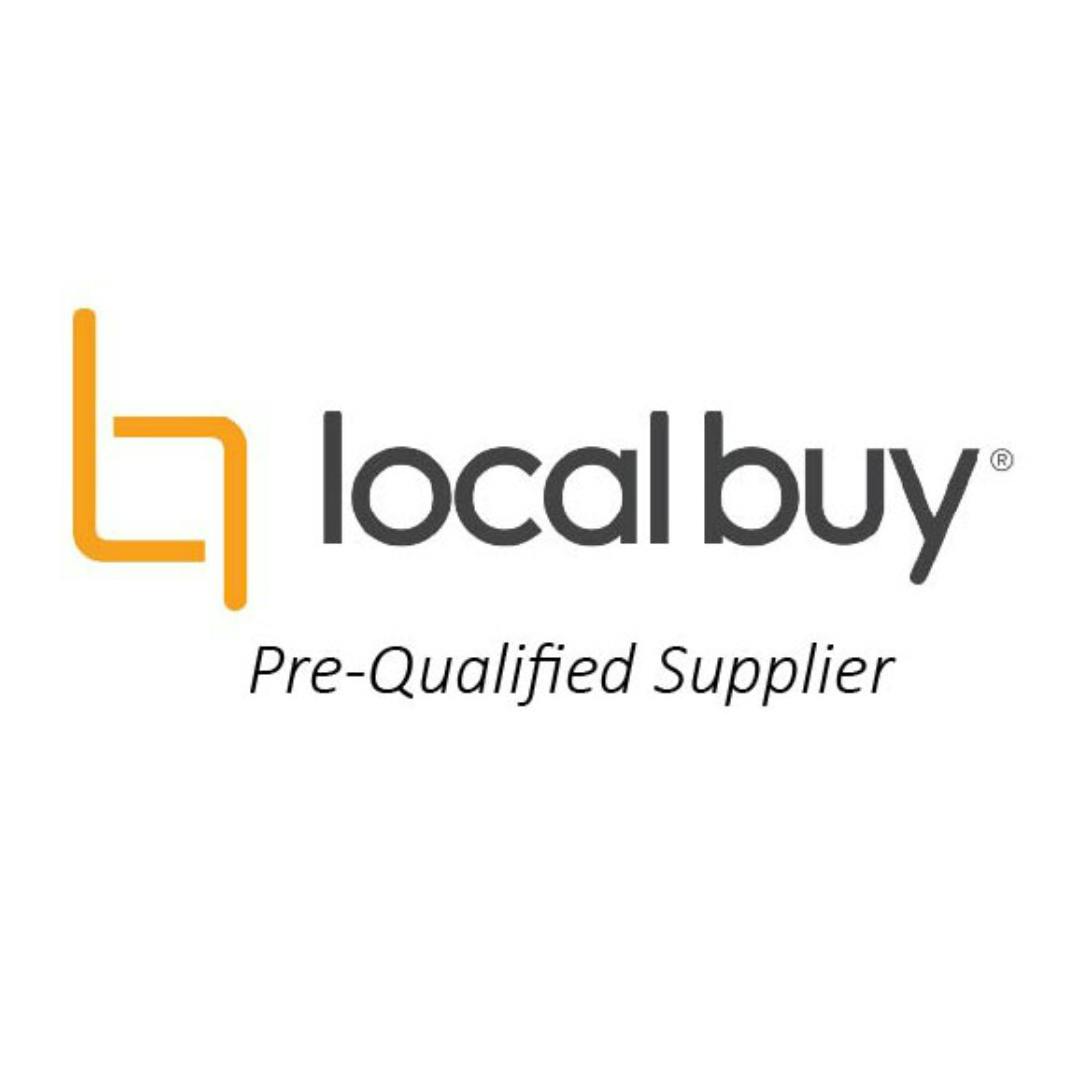With a strong emphasis on the necessity of ‘overwhelming’ support.
51% of community support for affordable and social housing will not be sufficient.
If this level of required community support is achieved, then the construction industry can get on with the job of delivering the desired outcomes.
However, for contractors, suppliers and consultants working on such projects, I could think of nothing worse if they were doing so with a strong and vocal ‘Not In My Back Yard’ (NIMBY) campaign happening in the background.
On the other hand, if I were a person who subsequently benefited from a social or affordable housing initiative, the prospect of facing lingering significant community resentment for my mere presence as a local would be a daunting challenge.
Surely, such Aussies have suffered enough.
I will have more to say about NIMBY sentiment later in this article.
When it comes to discussing this urgent matter Kate Raymond (Queensland Master Builders), Robert Sobyra (Australian Contractors Association) and Jackson Hills (Q Shelter) have much more expertise and knowledge than I do, and I feel like an impostor even doing a post like this.
Emily Taylor and I have already interviewed Kate and Robert in our Deconstruction podcast, and Jackson is an upcoming guest.
However, despite feeling terribly inadequate writing this article, I am never less going to have a crack because this is a matter I am very passionate about.
What is Affordable Housing?
Affordable housing refers to housing that is reasonably priced for people on low to moderate incomes. Generally, it is defined as housing that costs no more than 30% of a household’s gross income. Affordable housing may include a range of accommodation types and sizes, including single or multi-bedroom houses, apartments, and townhouses.
What is Social Housing?
Social housing is a subset of affordable housing and is specifically for people who have a low income and may be experiencing other forms of disadvantage, such as disability or age. Social housing properties are owned and run by the government or non-profit organisations. The rent is often subsidised and is usually well below market rates.
Difference Between Affordable and Social Housing
While both affordable and social housing aim to provide housing solutions for low-income individuals, the key difference lies in the level of government subsidy and the target demographic. Social housing is more targeted towards vulnerable populations and is heavily subsidised, whereas affordable housing is aimed at a broader range of low to moderate-income households.
Affordable Housing Statistics
Current Need: The median house (does not include units and apartments) transfer price in Sydney increased from around $615,000 in 2013 to around $1.2 million at the start of 2023.
Median transfer house prices in Canberra ($975,000) was the second highest amongst the capital cities at the start of 2023, followed by Melbourne ($810,500) and Brisbane ($750,000), while Perth/Darwin ($575,000) was the lowest.
Social Housing Statistics
Current Stock and Waiting Lists: The amount of social housing households as a proportion of Australian households has seen a steady decline since 2011, from 4.8% to 4.1% in 2022.
Future Projections: A shortfall of around 79,300 dwellings is projected from 2023 to 2033.
Approximately 377,600 households are in housing need, comprising 331,000 households in rental stress and 46,500 households experiencing homelessness. Housing needs across the country range from 208,200 households in highly acute rental stress to 577,400 households under less acute rental pressure.
Strategies to Fast-Track Social and Affordable Housing
Federal Government Strategies
National Housing and Homelessness Plan
The Australian Government is developing a 10-year National Housing and Homelessness Plan in collaboration with state and territory governments. This plan aims to set out a shared vision to inform future housing and homelessness policy in Australia.
Housing Australia Future Fund
A $10 billion fund aims to support the building of 30,000 new social and affordable housing properties in its first five years.
State Government Strategies
State Infrastructure Strategy (Queensland)
The strategy discusses innovative housing solutions and policy levers that would underpin the ability of all parties to improve housing supply and diversity.
NSW Government’s Planning Approval Pathway
Housing developments with a capital investment value over $75 million, which allocate a minimum of 15% of the total gross floor area to affordable housing, will gain access to the State Significant Development (SSD) planning approval pathway.
However, I note while writing this article that that some developers want a gradual introduction of inclusionary zoning requirements.
New modelling by NSW provider St George Community Housing advocates for a staged policy that starts with a 5% requirement for affordable homes in new developments. This requirement would be introduced after a preparation period of 3-5 years and would gradually increase based on economic conditions.
Astrolabe Director, Michael Cominos, indicated that without such a requirement and additional funding, like the $10 billion Housing Australia Future Fund, existing schemes like the NSW government’s height and density bonus would fail to gain traction. He suggests that either policy settings need to be amended or the level of affordable housing would have to be lowered to encourage adoption by market build-to-sell developers.
The proposal indicates that a 15% or higher target for affordable housing is sustainable based on global evidence.
Source: Blue Chip Communication
Challenges for the Construction Industry in Building Affordable and Social Housing
Labour Shortages
One of the most pressing challenges is the shortage of skilled labour.
Another article has come to my attention while writing this article.
“Victoria’s push to build 800,000 homes over the next decade will require an extra 50,000 workers, putting the state in competition with NSW and Queensland that are also trying to boost their workforces to increase housing and prepare for the 2032 Olympics, consultancy RLB warns.
The run rate of 80,000 homes every year – part of a bigger goal outlined by Labor Premier Daniel Andrews on Wednesday to build an additional 2.24 million homes by 2051 – would create a demand for workers that boosts inflationary pressures and increase the risk of further insolvencies, RLB director Domenic Schiafone said.”
Material Shortages and Cost Overruns
Material shortages are another significant hurdle. The industry has faced difficulties in sourcing essential building materials, leading to project delays. Additionally, the cost of materials has been rising, putting financial strain on construction companies and making affordable housing projects less viable.
Financial Instability and Interest Rates
The construction sector has been hit hard by financial instability, with some established names in home construction collapsing. Rising interest rates have also made financing more challenging, affecting both construction companies and potential homeowners.
Regulatory and Planning Challenges
The National Planning Reform Blueprint aims to promote medium and high-density housing in well-located areas close to existing public transport. However, updating local governments’ strategic plans to reflect these housing policy targets has been a slow process. This then affects the pace at which new projects can be initiated.
Project Delays and Housing Shortfall
Recent figures indicate that unless significant changes are made, Australia will fall 210,000 homes short of the 1.2 million total homes needed. Project delays have been a persistent issue, with approximately 28,000 dwellings delayed in 2022 alone.
Unexpected Delays and Cost Allowances
Builders are now making cost allowances of up to 40% for unexpected delays, up from a more typical 20%. These allowances are indicative of the uncertainty and risks currently faced by the construction industry.
NIMBY concerns
Residents may acknowledge the need for more social and affordable housing but resist having these developments in their local areas if they are going to in their mind, change their way of life for the worse.
Furthermore, they may be concerned about their properties losing value.
Sydney’s Inner-City Councils
In Sydney, inner-city councils such as Mosman, Inner West, Woollahra, and Waverly have shown resistance to new housing projects, including affordable housing. These areas are forecast to grow by much less than 1% a year, indicating a lack of new housing developments.
Economists and Housing Experts’ Views
Economists and housing experts have pointed out that local residents who oppose new and affordable housing in their area are sometimes referred to as NIMBYs. This sentiment is seen as a contributing factor to the housing crisis.
Grattan Institute’s Analysis
According to the Grattan Institute, NIMBY campaigns have helped drive up house prices and rents, making housing unaffordable for younger Australians.
(Article 12 months old but still relevant)
But wait, there is a growing Yes In My Back Yard (YIMBY) movement!!
This sourced article discusses the rise of the YIMBY movement in Australia, particularly in Sydney and Melbourne. The movement aims to counter the traditional NIMBY sentiment that opposes increased housing density.
According to this article, YIMBY groups have emerged in the last six months with the goal of encouraging communities to accept sensible increases in housing density.

The YIMBY movement in Australia is gaining momentum, advocating for sensible housing policies to address the country’s worsening housing crisis. They believe that by increasing “soft density,” they can make a significant impact on housing affordability, sustainability, and community liveability.
Final thoughts
Twice while writing this article over the space of a few hours, two relevant new articles came to my attention.
This is one of the biggest problems for the average person trying to understand the extent of the lack of affordable and social housing and the challenges in addressing this problem.
There is a constant avalanche of articles and posts. Whilst I accept most are written in good faith, I cannot challenge some of the more controversial statements.
The recent article I quoted under labour shortage in this article is a case in point.
Is this heading, correct?
Victoria’s housing push will need 50,000 more workers.
I certainly do not know.
But back to where I started this article.
In my view, all three levels of government need to unite and commence a long and detailed campaign to educate and inform Australians. Education should detail the extent of the lack of affordable and social housing and the solutions to addressing this crisis.
Without winning the hearts and minds of a significant majority of Australians I fear that this matter will become a political football at a local community level.
The human consequences of this happening do not bear thinking about.
Emily Taylor and I will be recording an episode of Deconstruction soon with Jackson Hills of Q Shelter. Jackson lives and breathes this matter, and will provide valuable insight in to the topic.
Quick heads-up: Everything you’ve read is just my two cents — not the official stance of Helix Legal. Oh, and I’m not a lawyer, just so you know!
Not intended as legal advice. Read full disclaimer.


